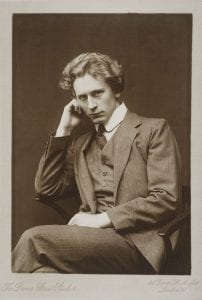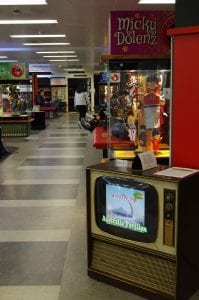The Gerson incunabulum
The University of Melbourne’s Rare Book Collection holds around 30 incunabula, or early printed books and these are all digitised. ‘Incunabula’ is a term given to books produced in the cradle days of book printing, generally pre-1500, and they are distinct from manuscripts, which are hand-written. One of the University’s incunabula was published in 1489 and was authored by Jean (Johannes) Charlier de Gerson (1363-1429), a French scholar devoted to the study of the Catholic Church, who published extensively throughout his life. The title Opera means ‘Work’, and the book appears to be one of three volumes comprising a treatise on the Catholic Church. This first volume is subtitled Prima pars operii Johannes Gerson, meaning ‘The first part of the works of Johannes Gerson’.



![Utagawa Kunisada, [Kabuki actors], woodcut](https://blogs.unimelb.edu.au/librarycollections/files/2018/07/1959.6052.000.000-1b0f2vr-204x300.jpg)

